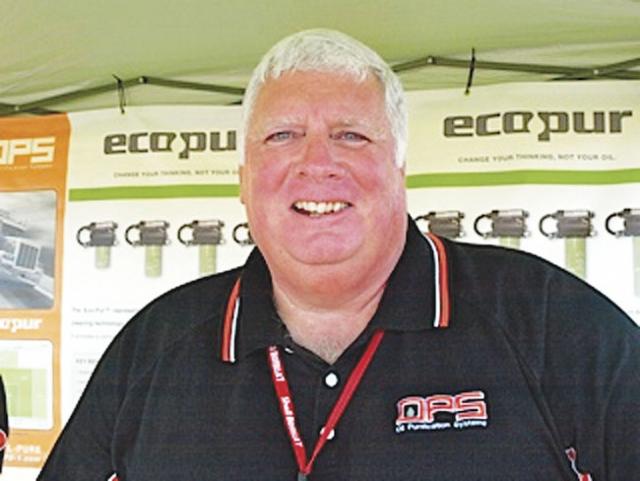Understanding Oil Contaminants

As we start a new year there is always hope and optimism that it will be a great and prosperous twelve months. Then reality sets in and life gets in the way of your best laid plans and things change. If you make realistic goals and establish your plans you have a much better chance of succeeding and actually having a prosperous new year. Take the time to check your business plan to ensure you are doing the right things to meet your realistic goals and work toward achieving them every day and I’m sure you will have a better chance of success.
The American Petroleum Institute has approved the new CK-4 and FA-4 categories of oil for heavy duty vehicles. API CK-4 and FA-4 will first appeared in the API Service Symbol “Donut” on December 1, 2016. Almost all the major oil companies have a new formulation that meets the API standards and have conducted extensive testing with truck manufacturers.
Most truck manufacturers presently recommending API-licensed CJ-4 engine oils will likely recommend truck owners start using licensed API CK-4 oils as soon as they are available. The API CK-4 oils will better protect today’s diesel engines that create higher running temperatures that affect the oxidation, viscosity and total base number of the oil. The FA-4 standard describes certain lower viscosity oils specifically formulated for use in 2017 model year select high-speed four-stroke cycle diesel engines. The oil is designed to meet the current on-highway greenhouse gas emission standards. The manufacturers will recommend the FA-4 oils starting with the 2017 model year engines and in some instances recommend it for older engine models.
In tests the CK-4 and FA-4 oils have performed well and have allowed users to extend oil drain intervals. If you plan on converting to the new oil it is highly recommended that you perform periodic oil sampling to ensure your engine is properly protected before making the final decision on oil drain interval. These oils should have a positive effect on oil oxidation, viscosity breakdown and decreases in the total base number. The oil sample will provide the information necessary to decide just how long the oil quality is maintained within guidelines to properly protect the engine.
There are a variety of oil sampling programs to choose from: desktop testing to comprehensive oil analysis that included all the wear metals, contaminant metals, additive and physical properties. A desktop will be less expensive and provide basic wear metals, (iron, lead, aluminum, copper) and some physical properties (viscosity, soot, fuel) but will not provide the necessary information to extend oil drains.
A high quality comprehensive oil analysis is not only important it is essential for any extended oil drain program. The proper analysis of PHYSICAL PROPERTIES (water, viscosity, soot, fuel, total base number, oxidation, nitration), WEAR METALS (iron, chromium, nickel, copper, lead, tin, cadmium, sliver, vanadium), CONTAMINANT METALS (silica, sodium, potassium) MULTI-SOURCE METALS ( titanium, molybdenum, antimony, manganese, lithium, boron) and ADDITIVE METALS (magnesium, calcium, barium, phosphorus, zinc) provides the information necessary to ensure the oil quality is properly maintained to extend drain interval. The analysis also provides documentation of oil quality and a historical record of wear metals and ensures there are no potential damage causing intrusions i.e., fuel or glycol, affecting oil and engine performance etc. The oil sample results enable user to drain oil only when required as dictated by the oils condition, maximizing the oil life.
If you have any topics or questions please contact me at [email protected].
